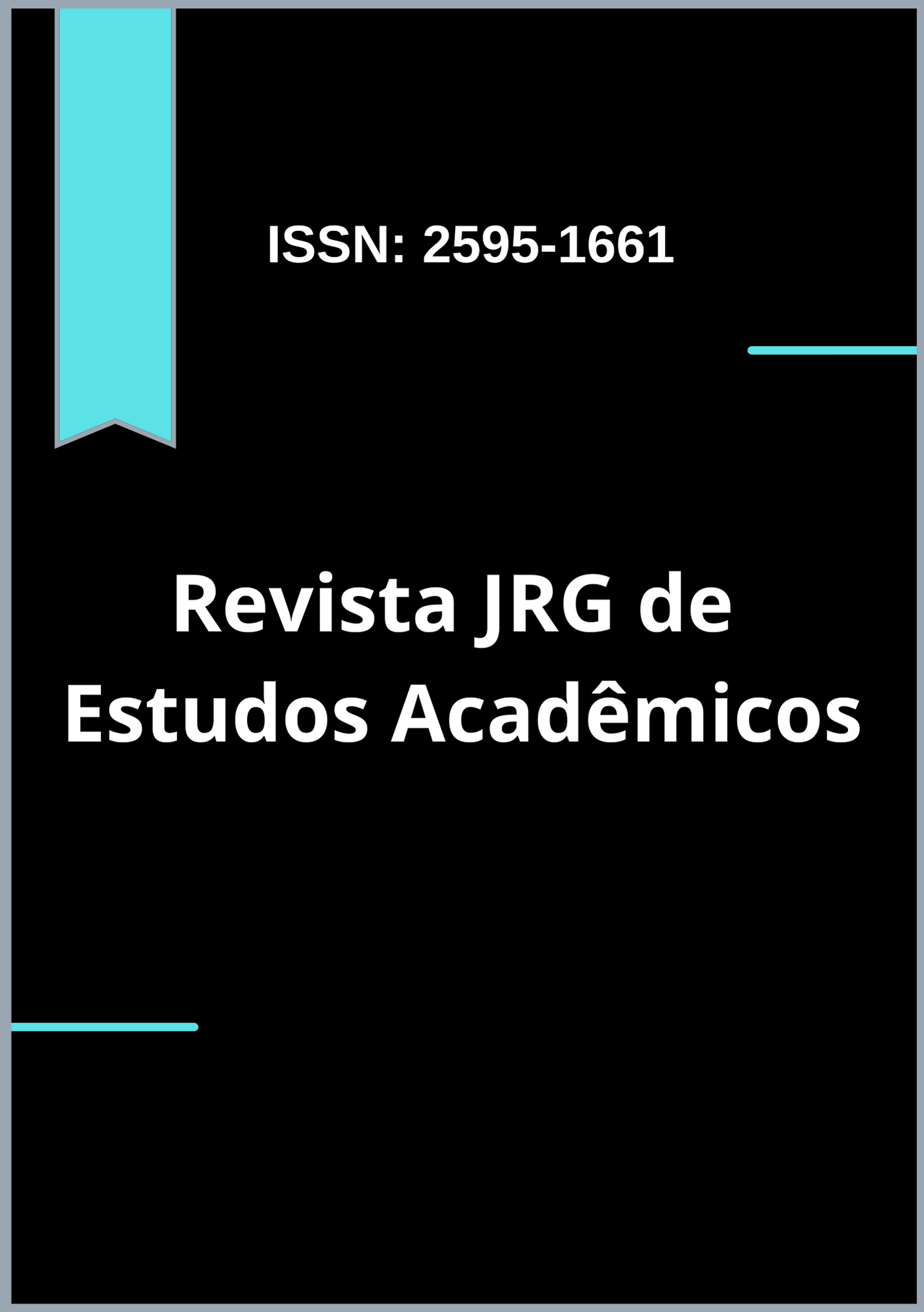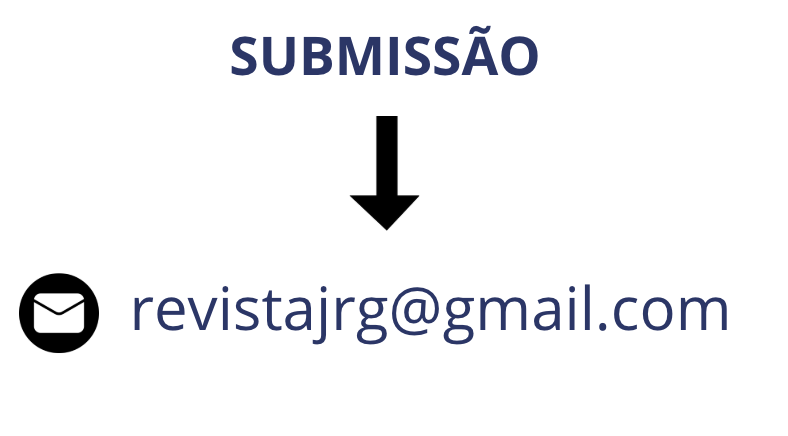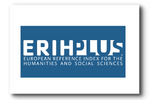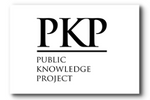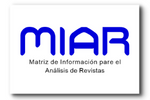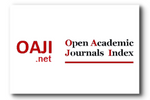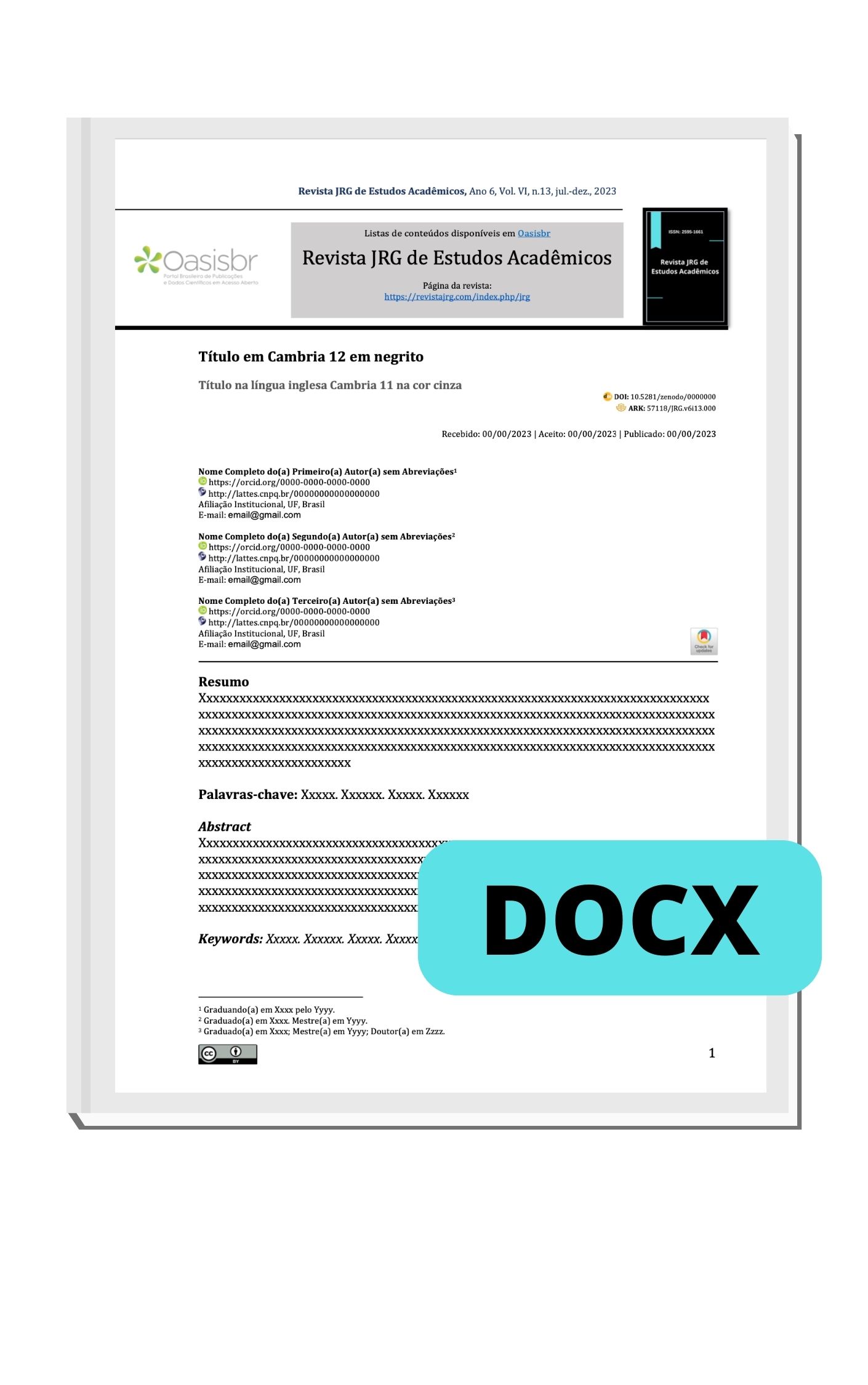Food and Nutrition Education: impacts on eating behavior and nutritional profile of adults and elderly people in Primary Health Care
DOI:
https://doi.org/10.55892/jrg.v8i18.1904Keywords:
Food and nutritional education, primary health care, nutritional profile, eating behavior, motivational stageAbstract
Brazil has been facing significant changes in health patterns, with the transition from infectious diseases to chronic non-communicable diseases (NCDs), such as obesity, diabetes and hypertension, especially among adults and the elderly. These groups often face difficulties in accessing healthy foods and nutritional education. Food and Nutrition Education (EAN) has emerged as an important strategy to promote healthy habits, with a relevant impact on Primary Health Care (PHC). This study aimed to evaluate the impact of an EAN program on the modification of eating habits and nutritional profile of individuals attended at the Basic Health Unit (UBS), in the Federal District. The research included 22 participants (15 elderly and 7 adults), who underwent collective EAN activities. Questionnaires were used to assess the socioeconomic profile, eating habits, nutritional status and motivation to change eating behavior. The results indicated that, before the intervention, most participants were overweight or obese. Following the program, there were small reductions in Body Mass Index (BMI), but no major changes. Participants demonstrated improvements in some dietary habits, such as increased consumption of fresh fruit, reduced meals eaten with electronic distractions, and increased number of meals per day. However, there was an increase in consumption of ultra-processed foods, such as hamburgers and sweets. In addition, progress was made in the stages of dietary behavior change, with a significant increase in the number of participants in the “action” stage. Despite limitations, such as the small sample size and short duration of the intervention, the study highlights the importance of EAN programs as effective tools for health promotion, especially for vulnerable groups. Future studies should explore longer interventions and larger sample sizes to more accurately assess long-term outcomes.
Downloads
References
KAC, Gilberto; VELÁSQUEZ-MELÉNDEZ, Gustavo. The nutritional transition and the epidemiology of obesity in Latin America. Cadernos de Saúde Pública, Rio de Janeiro, v. 19, supl. 1, p. S4-S5, 2003. Disponível em: https://doi.org/10.1590/S0102-311X2003000700001. Acesso em: 8 nov. 2024.
MIRANDA, Wanessa Debôrtoli de; CUNHA, Thiago Rodrigues Araújo; CAMPOS, Daniela Souzalima; LUZ, Zélia Maria Profeta da. Programa Nacional de Suplementação de Vitamina A: educação alimentar e nutricional no contexto da Atenção Primária à Saúde. Cadernos Saúde Coletiva, Rio de Janeiro, v. 29, n. 4, p. 509-517, 2021. Disponível em: https://doi.org/10.1590/1414-462X202129040225. Acesso em: 8 nov. 2024.
JAIME, Patrícia Constante; SILVA, Ana Carolina Feldenheimer da; LIMA, Ana Maria Cavalcante de; BORTOLINI, Gisele Ane. Ações de alimentação e nutrição na atenção básica: a experiência de organização no Governo Brasileiro. Revista de Nutrição, Campinas, v. 24, n. 6, p. 809-824, 2011. Disponível em: https://doi.org/10.1590/S1415-52732011000600002. Acesso em: 8 nov. 2024.
BRASIL. Ministério da Saúde. Secretaria de Atenção Primária à Saúde. Guia alimentar para a população brasileira. 2. ed. Brasília: Ministério da Saúde, 2014. Disponível em: https://bvsms.saude.gov.br/bvs/publicacoes/guia_alimentar_populacao_brasileira_2ed.pdf. Acesso em: 10 nov. 2024.
BRASIL. Ministério da Saúde. Secretaria de Atenção Primária à Saúde. Marcador de Consumo Alimentar adaptado. Brasília: Ministério da Saúde, 2008. Disponível em: https://sisaps.saude.gov.br/sisvan/public/file/ficha_marcadores_alimentar.pdf. Acesso em: 10 nov. 2024.
ORGANIZAÇÃO MUNDIAL DA SAÚDE (OMS). Obesity: preventing and managing the global epidemic. Report of a WHO Consultation on Obesity. Geneva: World Health Organization, 1998. Disponível em: https://apps.who.int/iris/handle/10665/63854. Acesso em: 11 nov. 2024.
LIPSCHITZ, David A. Screening for nutritional status in the elderly. Primary Care, v. 21, n. 1, p. 55-67, mar. 1994. Disponível em: https://pubmed.ncbi.nlm.nih.gov/8197257/. Acesso em: 11 nov. 2024.
GUIBU, Ione Aquemi et al. Características principais dos usuários dos serviços de atenção primária à saúde no Brasil. Revista de Saúde Pública, São Paulo, v. 51, n. suppl. 2, p. 17s, 2017. DOI: 10.11606/S1518-8787.2017051007070. Disponível em: https://www.revistas.usp.br/rsp/article/view/139743. Acesso em: 2 jan. 2025.
BRASIL. Ministério da Saúde. Secretaria de Vigilância em Saúde. Vigilância de fatores de risco e proteção para doenças crônicas por inquérito telefônico: estimativas sobre frequência e distribuição sociodemográfica do estado nutricional e consumo alimentar nas capitais dos 26 estados brasileiros e no Distrito Federal entre 2006 e 2023. Brasília: Ministério da Saúde, 2023. Disponível em: https://bvsms.saude.gov.br/bvs/publicacoes/vigitel_2006_2023_estado_nutricional.pdf. Acesso em: 4 jan. 2025.
NILSON, Eduardo Augusto Fernandes; ANDRADE, Roberta de Castro Souza; BRITO, Denise Azevedo; et al. Custos atribuíveis a obesidade, hipertensão e diabetes no Sistema Único de Saúde, Brasil, 2018. Revista Panamericana de Salud Pública, v. 44, p. e32, 2020. DOI: 10.26633/RPSP.2020.32. Disponível em: https://iris.paho.org/bitstream/handle/10665.2/51945/v44e322020.pdf?sequence=3&isAllowed=y. Acesso em: 4 jan. 2025.
FRIEDRICH, Roberta Roggia; SCHUCH, Ilaine; WAGNER, Mário Bernardes. Efeito de intervenções sobre o índice de massa corporal em escolares. Revista de Saúde Pública, v. 46, n. 3, p. 551-560, jun. 2012. DOI: 10.1590/S0034-89102012005000036. Disponível em: https://doi.org/10.1590/S0034-89102012005000036. Acesso em: 6 jan. 2024.
BRASIL. Ministério da Saúde. Secretaria de Vigilância em Saúde. Vigilância de fatores de risco e proteção para doenças crônicas por inquérito telefônico: estimativas sobre frequência e distribuição sociodemográfica de fatores de risco e proteção para doenças crônicas nas capitais dos 26 estados brasileiros e no Distrito Federal em 2019. Brasília, DF: Ministério da Saúde, 2020. Disponível em: https://bvsms.saude.gov.br/bvs/publicacoes/vigitel_brasil_2019_vigilancia_fatores_risco.pdf. Acesso em: 5 jan. 2025.
BRASIL. Ministério do Desenvolvimento Social e Combate à Fome. Marco de referência de educação alimentar e nutricional para as políticas públicas. Brasília, DF: Ministério do Desenvolvimento Social e Combate à Fome, 2012. Disponível em: http://www.mds.gov.br/webarquivos/publicacao/seguranca_alimentar/marco_EAN.pdf. Acesso em: 5 jan. 2025.
KOVALSKYS, Irina; FISBERG, Mauro; GÓMEZ, Georgina. Energy intake and food sources of eight Latin American countries: Results from the Latin American Study of Nutrition and Health (ELANS). Public Health Nutrition, v. 21, n. 14, p. 2535-2547, 2018. DOI: 10.1017/S1368980018001222. Disponível em: https://doi.org/10.1017/S1368980018001222. Acesso em: 5 jan. 2025.
INSTITUTO BRASILEIRO DE GEOGRAFIA E ESTATÍSTICA (IBGE). Pesquisa de orçamentos familiares 2017-2018: análise do consumo alimentar pessoal no Brasil. Coordenação de Trabalho e Rendimento. Rio de Janeiro, RJ: IBGE, 2020. 125 p. Disponível em: https://biblioteca.ibge.gov.br/visualizacao/livros/liv101742.PDF. Acesso em: 5 jan. 2025.
SWINBURN, Boyd; SACKS, Gary; VANDEVIJVERE, Stefanie; et al. INFORMAS (International Network for Food and Obesity/non-communicable diseases Research, Monitoring and Action Support): overview and key principles. Obesity Reviews, v. 14, supl. 1, p. 1-12, 2013. DOI: 10.1111/obr.12087. Disponível em: https://onlinelibrary.wiley.com/doi/10.1111/obr.12087. Acesso em: 5 jan. 2025.
PROCHASKA, James O.; VELICER, Wayne F. The transtheoretical model of health behavior change. American Journal of Health Promotion, v. 12, n. 1, p. 38-48, set.-out. 1997. DOI: 10.4278/0890-1171-12.1.38. PMID: 10170434. Disponível em: https://doi.org/10.4278/0890-1171-12.1.38. Acesso em: 5 jan. 2025.
